OVERVIEW
The CR-100 is designed for all display types, and can measure all projection as well as all luminous display technologies, and uses the Four-Colour Matrix method, developed by the National Institute of Standards and Technology (NIST), and improves the accuracy of tristimulus colourimeters for measurements of colour displays and has been verified to be ideal for DLP, D-ILA, SXRD, cathode rays tubes (CRTs), liquid crystal displays (LCDs), plasma, and organic light emitting diodes (OLED) displays.
Each CR-100 goes through a strict quality control process, with every tristimulus filter measured using a double monochromator and the results are provided along with the relative errors at 1 nm wavelength increments, so the user can verify that his instrument is within the maximum f1' errors guaranteed. No pre use calibration (black/white) is required.
(See below for specifications)
A NIST traceable calibration certificate is included with every probe.
LIGHTSPACE CMS COMPATIBILITY
The CR-100 is one of the recommended probes for use with LightSpace CMS as it provides an ideal combination of speed, low-light reading, and accuracy, three key capabilities that combine with LightSpace CMS to provide the best possible final calibration, especially when combined with the unique large cube size profiling capability of LightSpace.
FEATURES AND SPECIFICATIONS
- Wavelength Range: 380–780 nm
- Luminance Range: 0.0007-5150 cd/m2
- Luminance Accuracy: ±2% @ 0.34 cd/m2, 0.4 second exposure
- Luminance Repeatability: 0.2% @ 0.34 cd/m2, 0.4 second exposure; 1.5% @ 0.034 cd/m2, 0.5 second exposure; 1.5% @ 0.0034 cd/m2, 20 seconds exposure
- Chromaticity Accuracy: ±0.0015 x, y @ 0.34 cd/m2, 0.4 second exposure; ±0.0015 x, y @ 0.068 cd/m2, 20 seconds exposure
- Chromaticity Repeatability: 0.0005 x, y @ 0.34 cd/m2, 0.4 second exposure; 0.0005 x, y @ 0.068 cd/m2, 20 seconds exposure
- Measurement Spot Size: 23mm ant end of hood; 31.7mm at 100mm from hood
- Spot Size Calculation: = 23.0mm +0.08732*distance to object (mm)
- Polarization error: ≤0.1%
- Synchronization frequencies: 10 - 500 Hz
- Exposure Time Range: 1 ms to 20 seconds
- Power Requirements: 5V, 120 mA (600 mW) via USB 2.0
- Interface: USB 2.0
- Weight: 12oz (0.34 Kg)
- Factory Warranty: 2 years parts and labour
CIE Tristimulus filter f1' errors
The f1' value, specified in percentage error, represents the degree to which the relative spectral responsivity deviates from the CIE V(λ) curve.
- Y (Photopic) Guaranteed: ≤2.0% - Typical: 1.4 – 1.8%
- Xr (Red) Guaranteed: ≤3.0% - Typical: 2.3 - 2.7%
- Xb (Red under Blue)) Guaranteed: ≤1.2% - Typical: 0.8 - 1.0%
- Z (Blue)) Guaranteed: ≤3.5% - Typical: 2.2 – 2.7%
The CR-100 can store up to 20 individual display matrices, enabling specific display technology to perfectly matched.
The included CRI App from Colorimetry Research enables user to generate their own matrices, and upload into the probe those provided as standard from Colourimetry Research, or even third parties.
LIGHTSPACE CMS INTEGRATION
As with all probes, the CR-100 operation and function is controlled via the 'Options' menu, accessed via the Calibration Interface, or Display Characterisation windows.
The CR-100 has a range of variables that are directly associated with the probe - including Exposure Multiplier, Max Exposure Time, Sync Frequency, and probe Calibration Settings (Matrix pre-sets).
(This obviously ignores settings that are generic, such as Extra Delay Time, Probe Matching, Probe Offset, Luminance Units.)

The options are:
- Exposure Multiplier: increases the exposure time by the selected multiple, increasing sensitivity & repeatability
For example, the CR-100 can measure 0.003 nits with 0.5 sec exposure and 0.0007 nits with 20 sec
- Max Exposure: sets the maximum exposure time for any given reading
The default setting is 200 ms, which sets a maximum patch read time of approximately 1.5 seconds, with an Exposure Multiplier of 1
(If using 'Closed Loop' mode within LightSpace (rather than DIP Mode) we would never recommend a Max Exposure value lower than 200ms, and would really recommend a higher value to improve dark patch readings, as can be seen in the following table. With DIP mode you need to select the highest value that gives you the desired maximum patch read time for your specific DIP mode sequence).
| Max Exposure |
500 msec. |
250 msec. |
100 msec. |
| Luminance (nits) |
Total Read Time (seconds) |
| 100 and above |
0.12 |
0.12 |
0.12 |
| 35 |
0.18 |
0.18 |
0.18 |
| 7 |
0.56 |
0.56 |
0.56 |
| 3.5 |
0.8 |
0.8 |
0.8 |
| 0.35 |
2.0 |
1.5 |
0.94 |
| 0.035 and below |
3.3 |
1.75 |
0.94 |
- Sync Frequency: the Manual Sync Frequency value is set automatically when the CR-100 is first connected, by reading a bright(ish) patch on the display to be profiled, but can be manually re-read at any time as needed.
The 'Auto' setting should only be used if making manual (consistent) readings on a display where the display refresh rate changes (which for display calibration means it should never be used).
The 'None' setting should be used only when the light source you are measuring has a constant light output with no modulation or 'refresh cycles'. It should never be used when measuring/calibrating displays or projectors.
Note: With most TV monitor/displays/projectors the correct sync frequency is often the input signal frequency - 60Hz, 50Hz, etc., rather than the much higher PWM frequency of the display's backlight.
The test method to define the correct frequency is to use Manual Measure to measure a 50% brightness patch, and note any variation read-to-read. The correct frequency value will produce the minimum variation.
The 'Probe Calibration' button can be used at any time to re-set the Manual Sync Frequency
- Calibration Settings: using the drop-down menu any pre-set Matrix held with the CR-100 can be selected
The Matrix presets match the probe to different display technologies - specifically the backlight/illumination spectral response
If using the Probe Matching function (Active Probe/Display Data) to pre-profile a Tristimulus probe to a Spectro, the same 'preset matrix' should be used within the Tristimulus probe as was used when the Probe Matching data was generated.
Note: if a changes is made to the probe settings you need to take a reading with the probe to have the settings remembered by the probe.
For further information on the additional settings within the 'Options' menu see the Profiling Manual page.
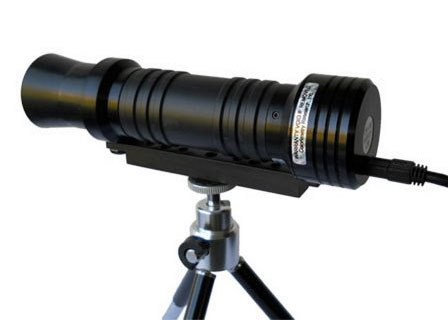
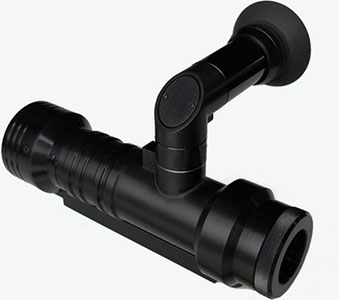
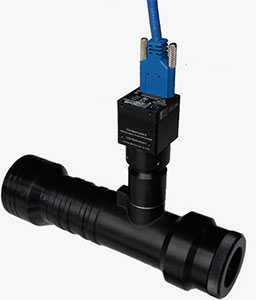
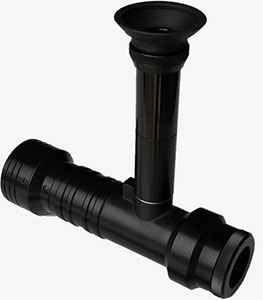
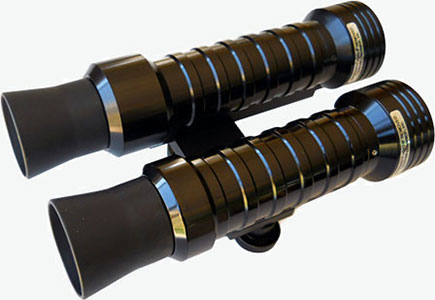


 豫公网安备41030502000676号
豫公网安备41030502000676号